Bosnia’s Violent Protests: ‘He Who Sows Hunger Reaps Anger’
Bosnia Herzegovina is the microcosm of the rest of the Balkan republics. It was where the dream of a united Yugoslavia was plotted. It proved to be the seat of the multi-ethnic framework that Tito imposed with a mixture of both terror and sweet perseverance. Sarajevo was the ethnic wonderland, a musical and cultural playground – and in 1984, some 30 years ago, it hosted the Winter Olympics.
It was also where the whole project unraveled with bloody ferocity, where the dream of a federal compact, having become reality, vanished into illusion. The southern Slavs went their separate, blood-soaked ways. Sarajevo became a social and economic cemetery.
Now the experience of Bosnia Herzegovina is that of the former Yugoslavia writ large. Former socialist-owned industries privatized for a song, sold off like the cheapest scrap metal. The new owners reward the workers with sackings and bankruptcy; liquidated assets vanish into pockets. Unemployment runs at staggering levels – 100,000 people, in North Bosnia alone, are out of work. Salaries have not been paid for months. Hunger is rife. Desperation is high.
The main beef of protesters in Tuzla, which has seen some of the most aggressive protests, was the privatization mania that authorities embraced. Four major factories found themselves, cheaply, in private hands. “You have really hungry people who decided to do something,” observed a Tuzla resident, Dunja Tadic. “People here are not living lives; they are simply surviving. Maybe 15 percent of the population lives well, mostly those who are stealing and their relatives. They destroyed the so-called middle class.”
A wave of protests have gripped Sarajevo, Zenica, Mostar and Tuzla. The latter was witness to an irate, unstoppable 5,000-strong crowd over the weekend of February 7, 2014. One government building was occupied and subsequently ransacked. The protesters, in the words of eyewitness Mirna Kovacevic, “climbed to the fourth floor and started to throw files, computers, chairs from buildings.” Some buildings, however, bore witness to another powerful message. Powerful messages appeared on the walls: “Everybody to the streets. Death to nationalism.” For nationalism, that hateful vice in the Balkans, has done the dysfunctional state no favors.
One sure way a painful memory – or any memory – is destroyed is through some form of historical lobotomy. The removal can be exacted in various ways. In Sarajevo, it has come in the form of attacks on the Bosnia-Herzegovina Archives (B&H), which were set alight over the weekend.
The director of the Archives, Saban Zahirovic, pondered the extent of damage. “One of the depot of B&H Archives is burned. Unfortunately, there were placed the most valuable materials that the Archives had in its disposal.” Then, a somewhat bitter twist. “Such materials were not damaged during the three wars, and got burned today.” To survive a vicious civil war, only to disappear in a rioting conflagration.
On Saturday, people gathered in protest in front of the residence of one member of the ruling Stranka Demokratske Akcije (SDA; Party of Democratic Action), Asim Kamber. Kamber could barely restrain himself, taking his gun out and almost firing upon the gathered crowd. Their words to him left him in no doubt about his reputation: “Thief! Thief!” Luckily for him, the police managed to restrain the trigger. Other politicians have seen their cars torched, with many being thrown into the canal in Zenica.
Other notable government institutions have also been attacked. The Presidential Palace has been burned. Protesters have also managed to rattle the police, who have been accused of predictable brutality. The security forces are seemingly in disarray – many have removed their helmets and joined the protesters. The damn has seemingly breached.
How the situation develops from here on is further complicated by the political divisions of the state, a legacy of the compromise reached at the conclusion of the civil wars. The state is divided, into two halves, not including the autonomous town of Brcko. One half consists of the Federation, comprising 10 cantons. These are dominated by Bosniaks (Bosnian Muslims) or Bosnian Croats. Each canton has its own administrative and government structure. The other half, Republika Srpska, is the Serb-dominated entity.
The more violent protests have been confined to the Bosniaks. The Croat areas and the Serbian half have remained stable. That said, a more unified message is starting to form, crossing into other parts of the state: the unacceptable conditions, the appalling economic decisions, and the state-sponsored policies amount to public theft. Solidarity with the protesters has been expressed in the rest of the state.
Such a situation immediately brings the political analysts out of the office. There is talk here of a “spring,” of some reformist urge. But so far, the reform has only come in the form of indignation, graffiti and burning buildings. Talk about springs – in the political sense – is always premature. They can stop, clog and quickly freeze over.
Like the recent warm winter, a cold bite might run through and nip the buds that issued forth. Illusions might be crushed. Short of that dangerous art of prophecy is one thing: the people are disgruntled, unruly and eager for a new administration. The institutions are in decay, and given the protests now, in free fall. The administration that survives this will have to be formidable and much more. Rulers who misbehave cannot complain when their subjects do the same.
Related Articles


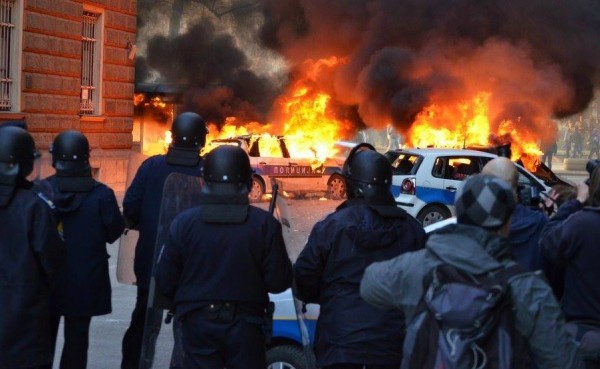
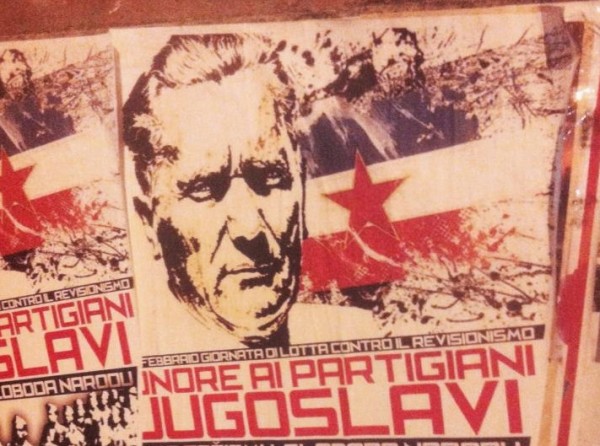

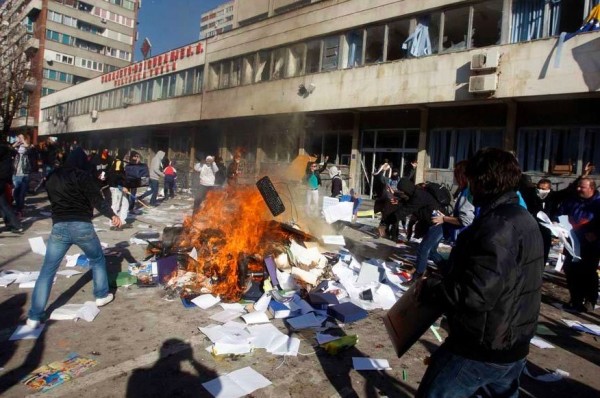
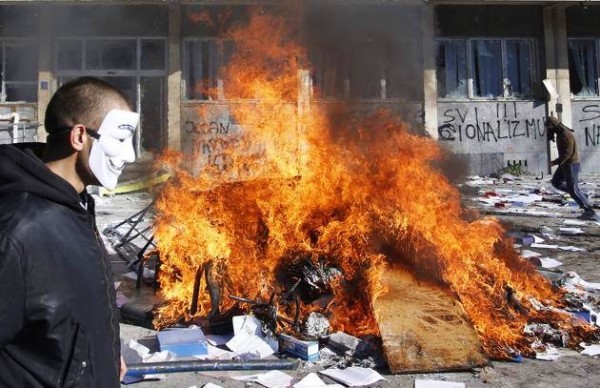
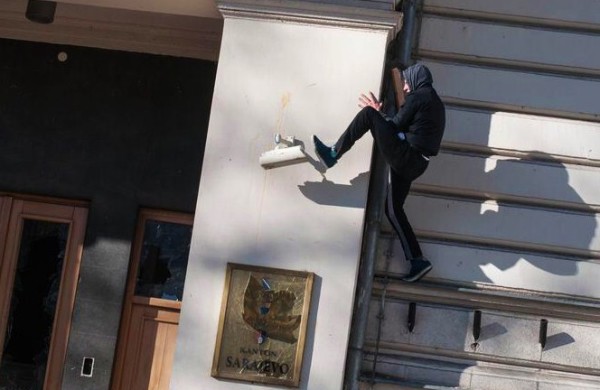
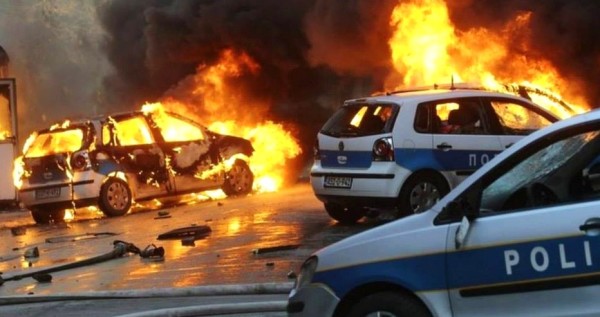
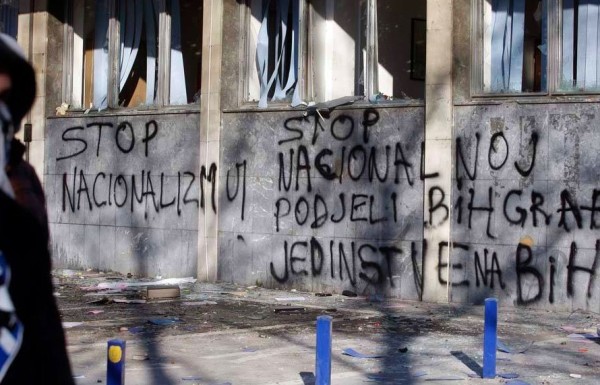
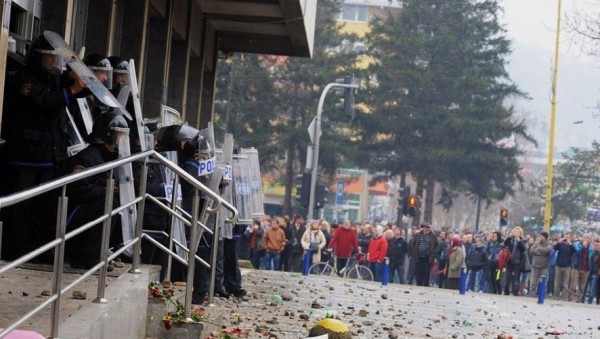
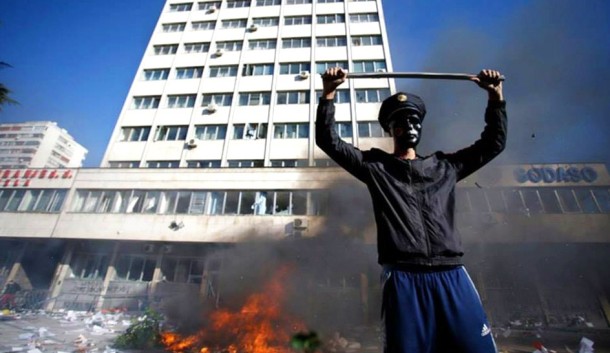
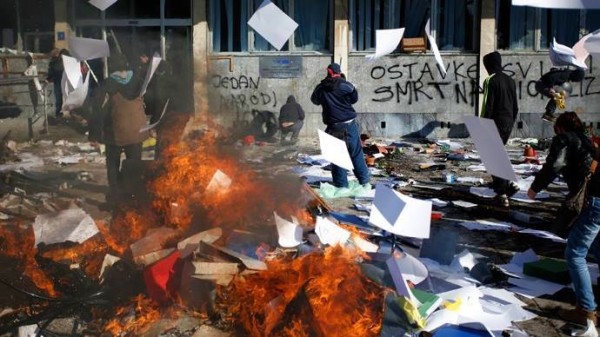











You must be logged in to post a comment Login